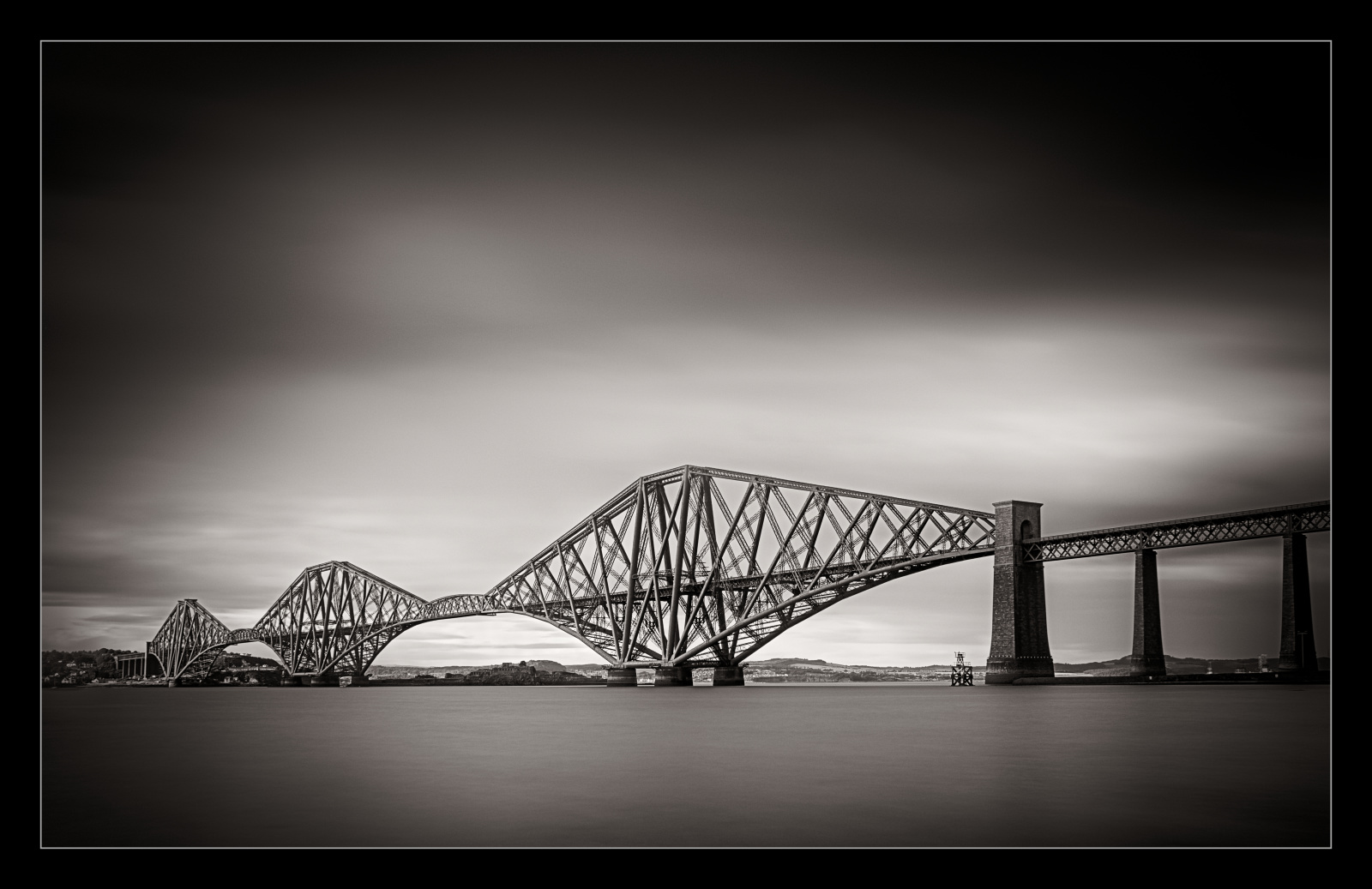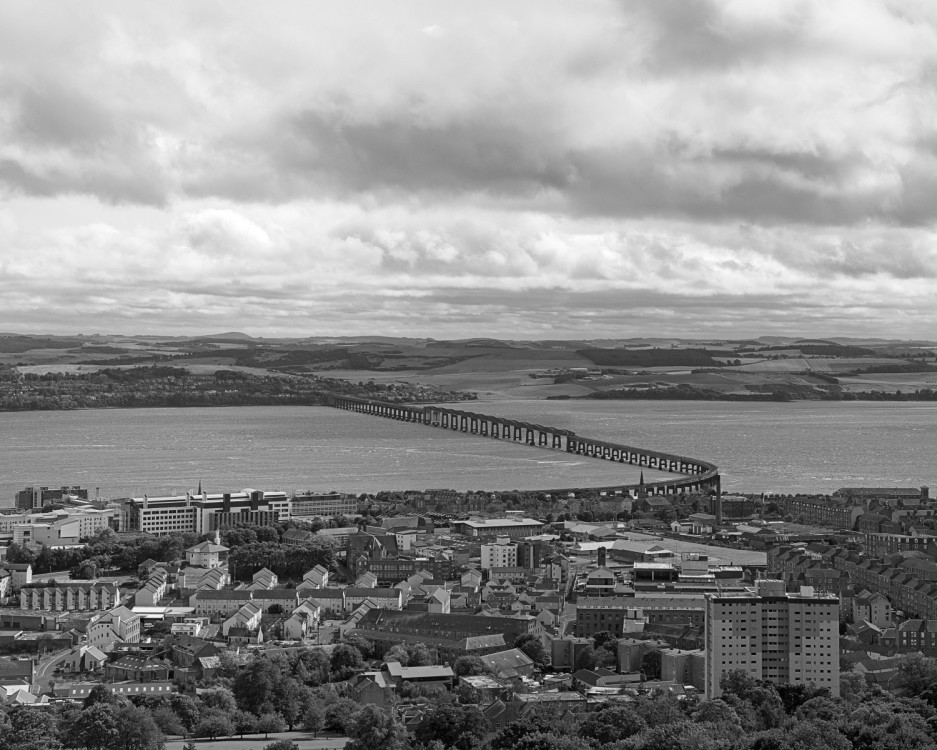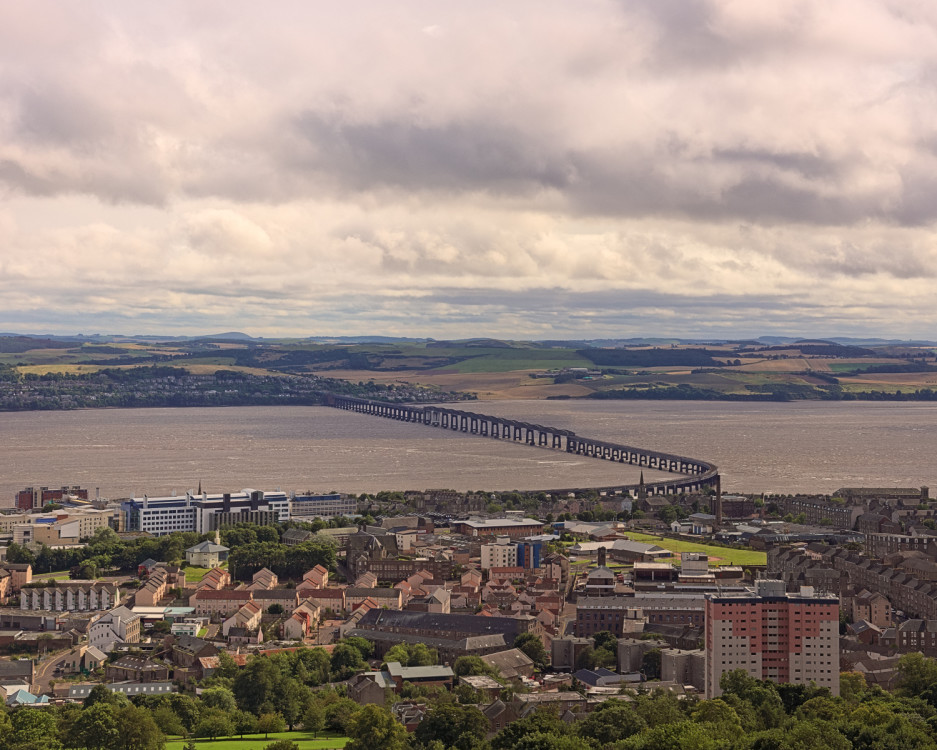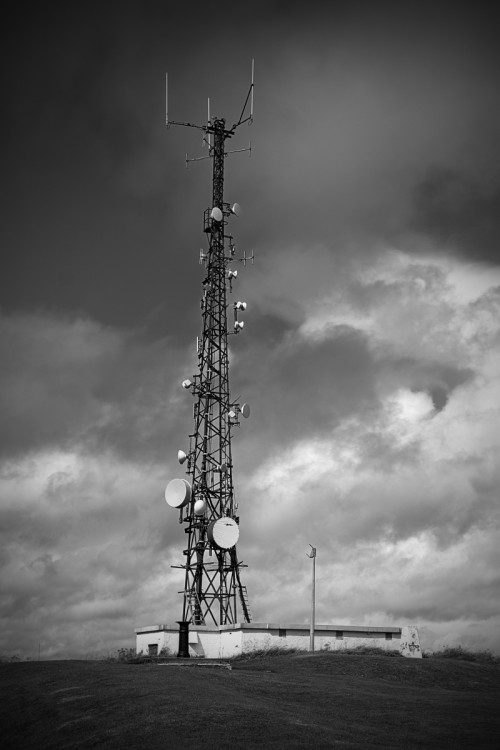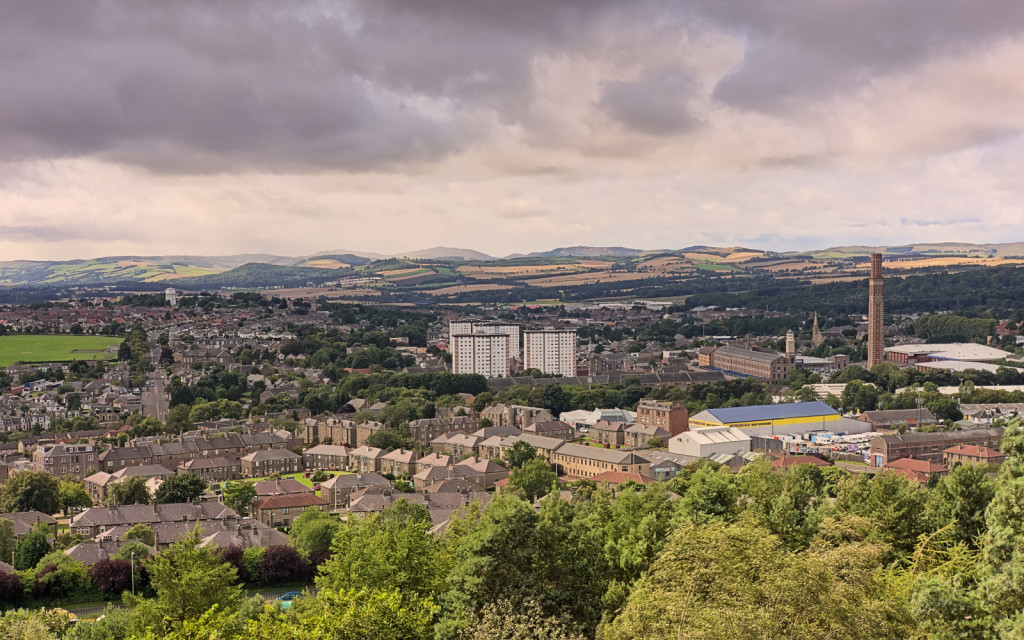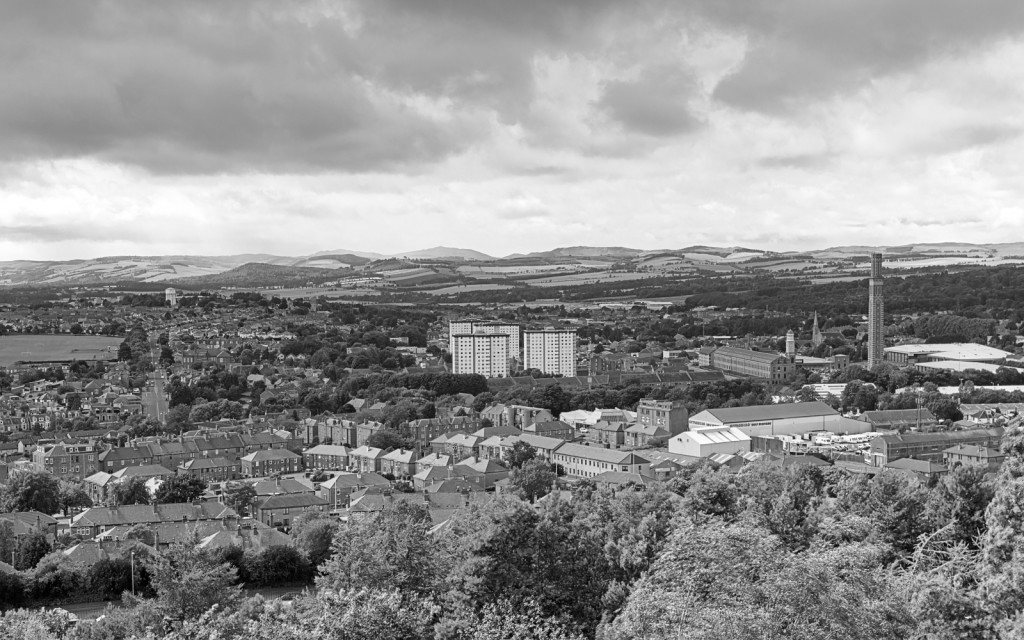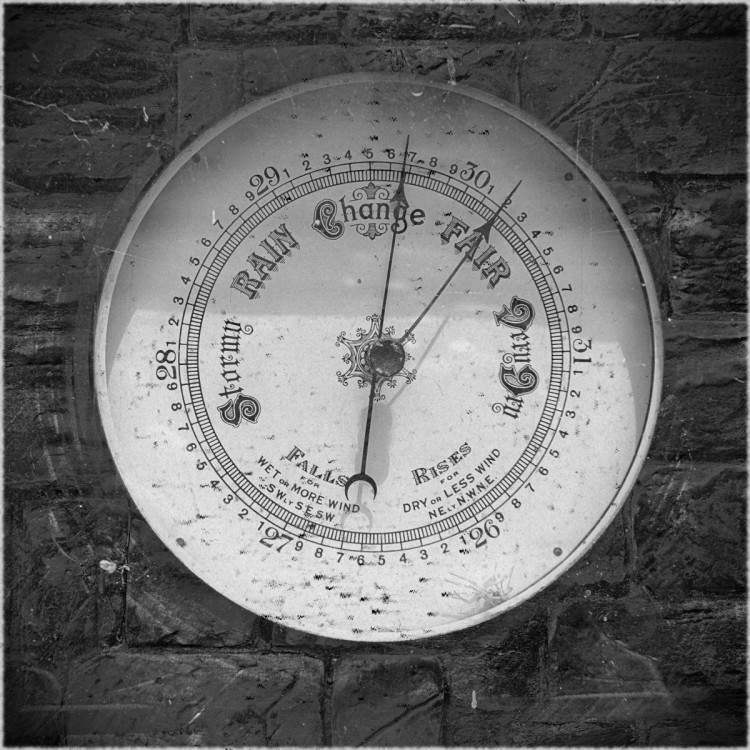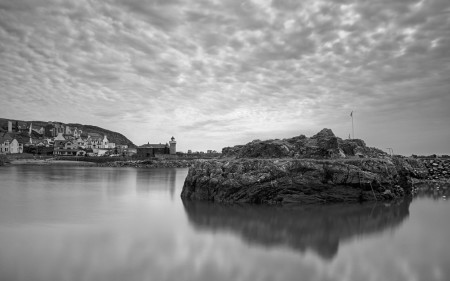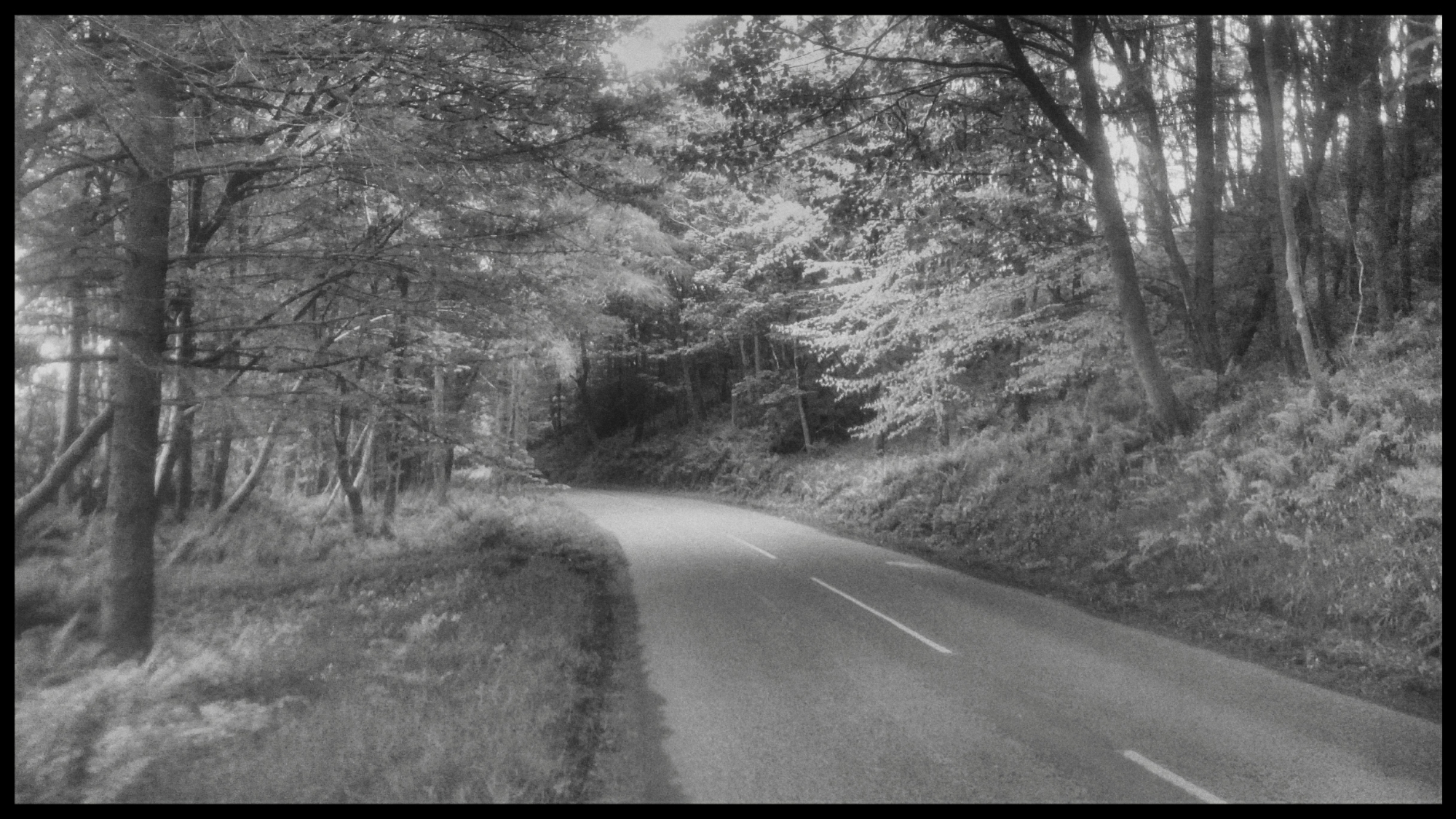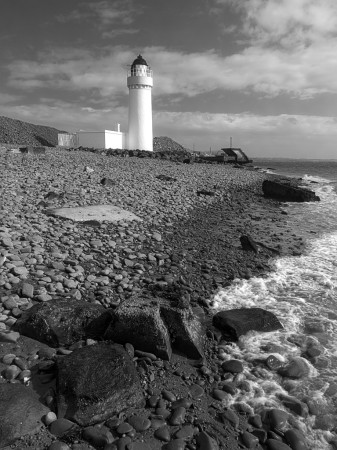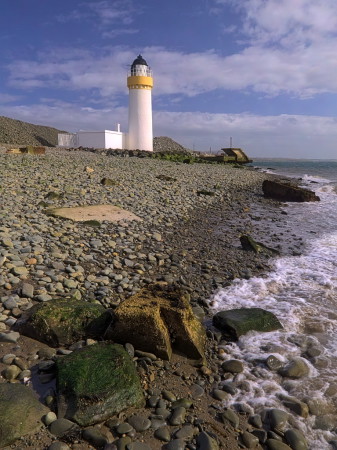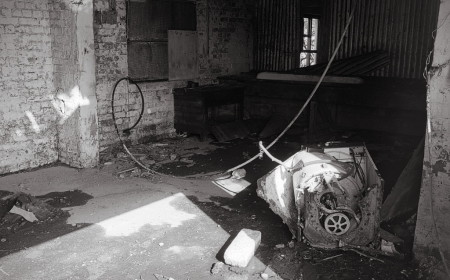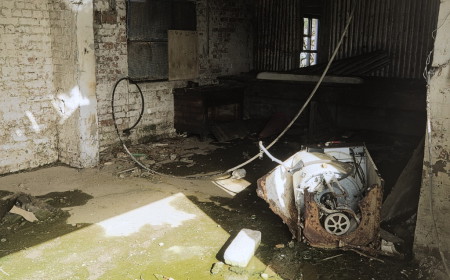No doubt this is one of the oldest conundrums, generally long-since answered. The conventional approach is that black&white is meant to be an end in itself (a choice made at the time of shooting rather than an option or fallback in processing), in order that the eye be drawn to forms and shapes and textures, appreciated for their own sake without the distractions of realistic colour. As such, you’d expect most images to work either as black&white or as colour; it can also be somewhat annoying when one sees an image presented in more than one way as though the photographer couldn’t decide. It’s even more irksome when you are that photographer. Today I reprocessed an image taken a couple of months ago, and was struck by how it looked in the intermediate colour form before applying the intended toning.
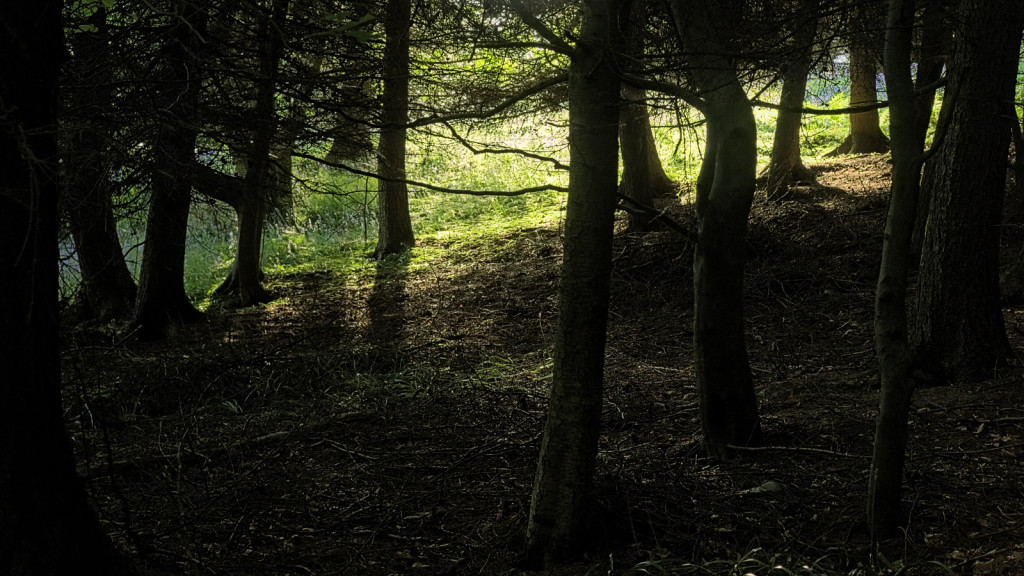
Shapes in the Dark – colour
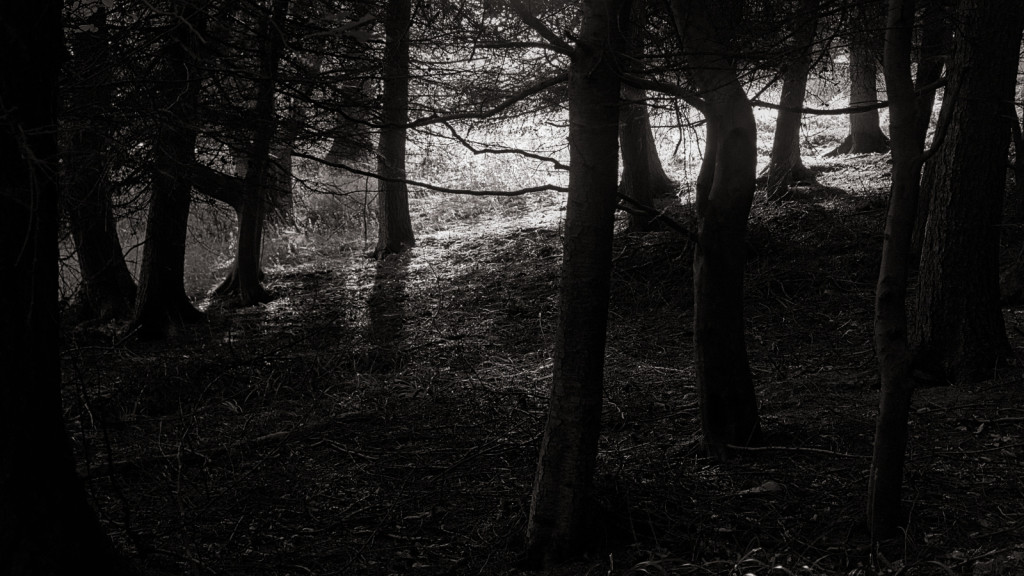
Shapes in the Dark – black and white
In this case, I contend the two images both stand alone independently well, and they convey different things; further, the the colour gives a means of distinguishing the silhouetted trees from the surrounding foliage that the black&white image does not, making it look moodier.
